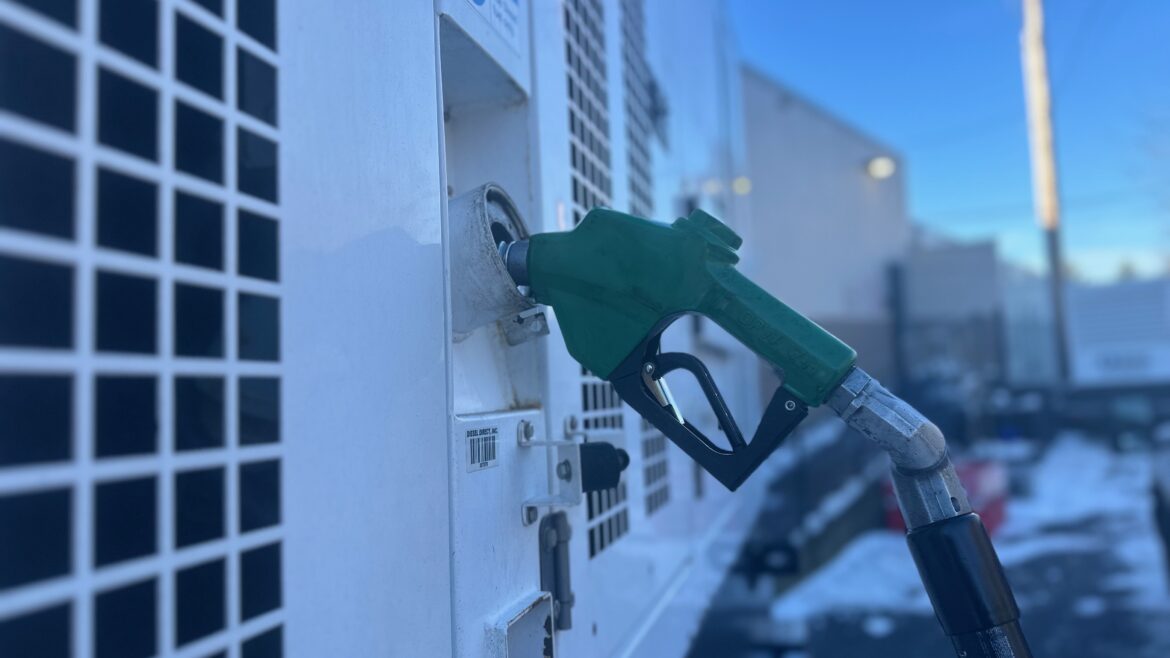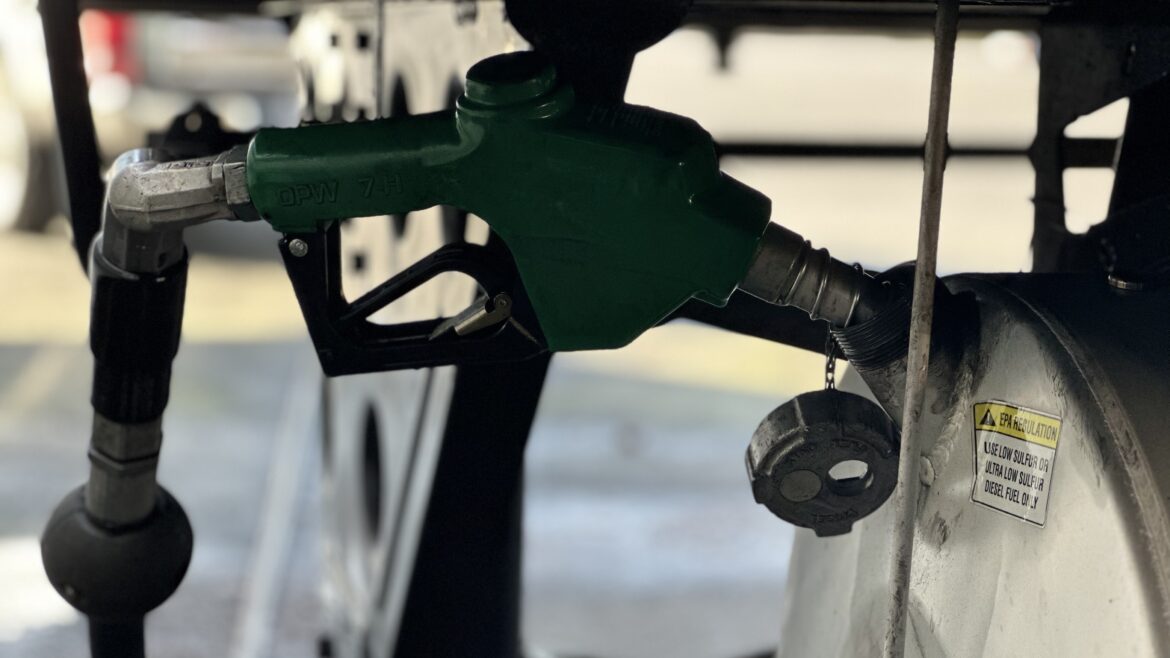Diesel Loaner Tanks for Construction
WE LOAN DIESEL TANKS FOR CONSTRUCTION PROJECTS
DYED OFF ROAD DIESEL FUELING SERVICE BY STAR OILCO

If you need diesel, kerosene, gasoline, biodiesel, or renewable diesel in bulk or as a wet-hose fueling service, we are ready for your project. We also deliver Diesel Exhaust Fluid on jobsites. We won’t let your generators go down. Daily routes for diesel fueling in Portland, Oregon and Vancouver, Washington.
Star Oilco serves the whole Portland metro area included the ex-burbs. Our routes deliver to Salem, Oregon as well as Longview and Kelso, Washington.
Call and ask for our Dispatch to set up service today at 503-283-1256.

All-dyed construction and generator fuel delivered by Star Oilco is premium diesel treated with Hydrotex PowerKleen. Star Oilco’s premium diesel is stabilized for long-term storage for the total up-time needs of construction fueling. There is an additional treatment of fuel microbiocide to kill and prevent growth of bacteria/algae in your diesel. Star Oilco can add Valvtect BioGuard to your fuel to stabilize your fuel for long term storage upon request as well.


Construction season is here.
Star Oilco still has loaner tanks immediately available for your job site, project or temporary fleet needs. Make life easier and keep your team working hard. Get ahead of the rush and reserve your UL142 double wall loaner tank now.
Just let us know if you need a 12V pump (powered by your equipment’s battery) or a 110V plug in pump with your equipment set up.
Star Oilco has both 550 gallon and 275 gallon tanks with 110% containment meeting UL 142 for your next construction project. Star Oilco can provide larger tanks if arranged with notice beforehand. Larger tanks available for longer term project if needed. We also provide remote tank monitoring on these tanks. These tanks meet fire code in Oregon and Washington for construction refueling and provide temporary storage of fuel on an ever-changing construction job site. Oregon and Washington fire code allow temporary double wall tanks for construction projects where an active permit has been pulled and needs diesel to complete.

Please also remember that ultra low sulfur diesel (ULSD) is the standard of off-road dyed fuel now as well. New off-road equipment will need ultra low sulfur diesel given the modern emission systems required. This is a recent change.
If you are renting newer equipment, it will have a need for ULSD and Diesel Exhaust Fluid (DEF). You will need to ensure that any fuel on a jobsite running newer equipment with diesel after treatment is ultra low sulfur diesel fuel. If you are operating your own tanks as you receive newer equipment, you will want to flush the fuel to make sure you get all the higher sulfur fuels out of it. All equipment from Star Oilco is drained as well as flushed prior to deliver as part of our set up.
If you are a contractor, project manager, or need a temporary tank for on-site fuel, we can help. In cases where you need an auxiliary tank, transfer fuel tank, an emergency back-up fuel supply, or even a long-term rented loaner tank for specialized equipment, Star Oilco can solve problems for you. For long-term projects, we can also work to get cardlock and other novel tracking solutions to secure your on-site fuel needs. Give us a call, we are here to help.

Call our Dispatch at 503-283-1256 or tell us what you need in the following Contact Form.
We have loaner tanks immediately available. Open an account and get started today.


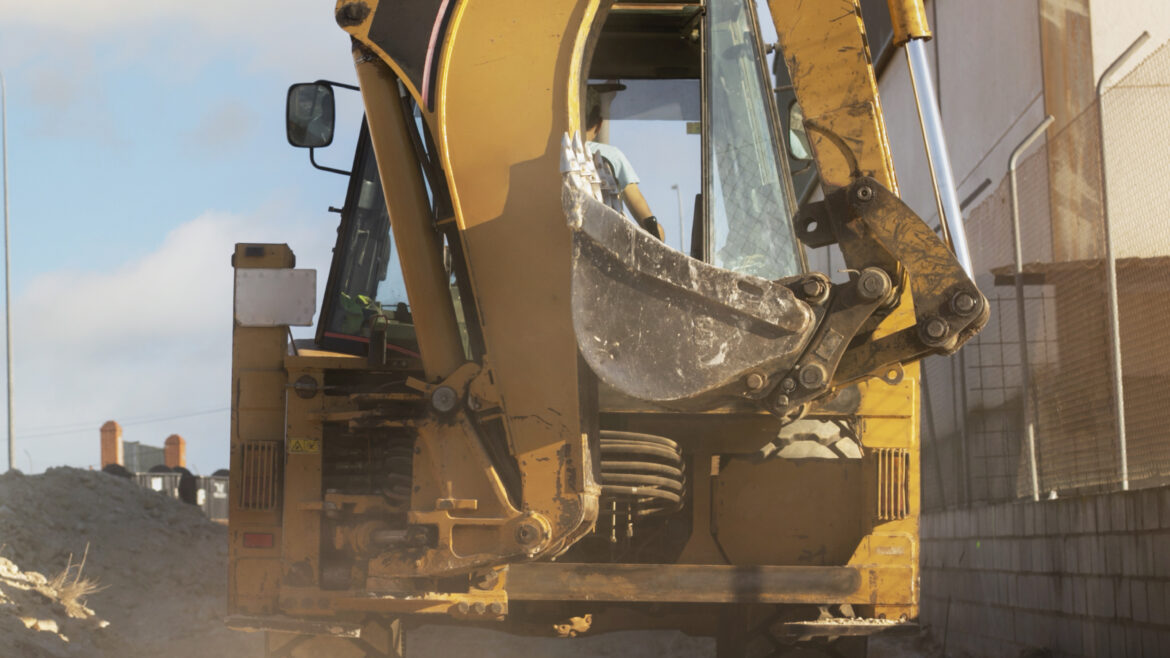
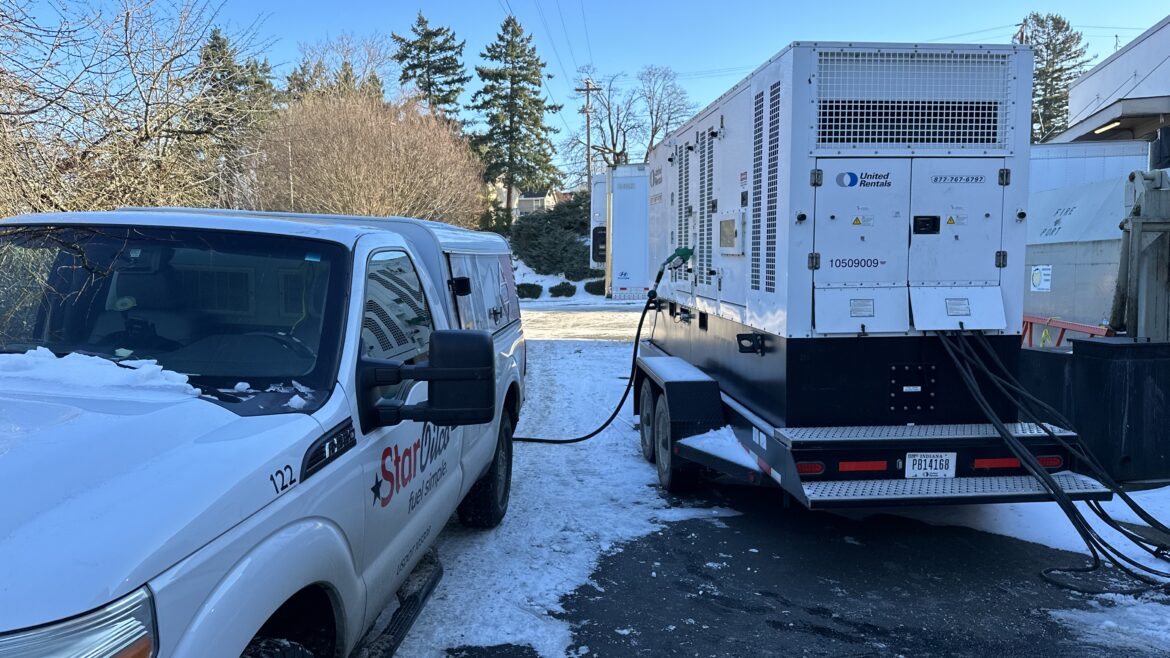



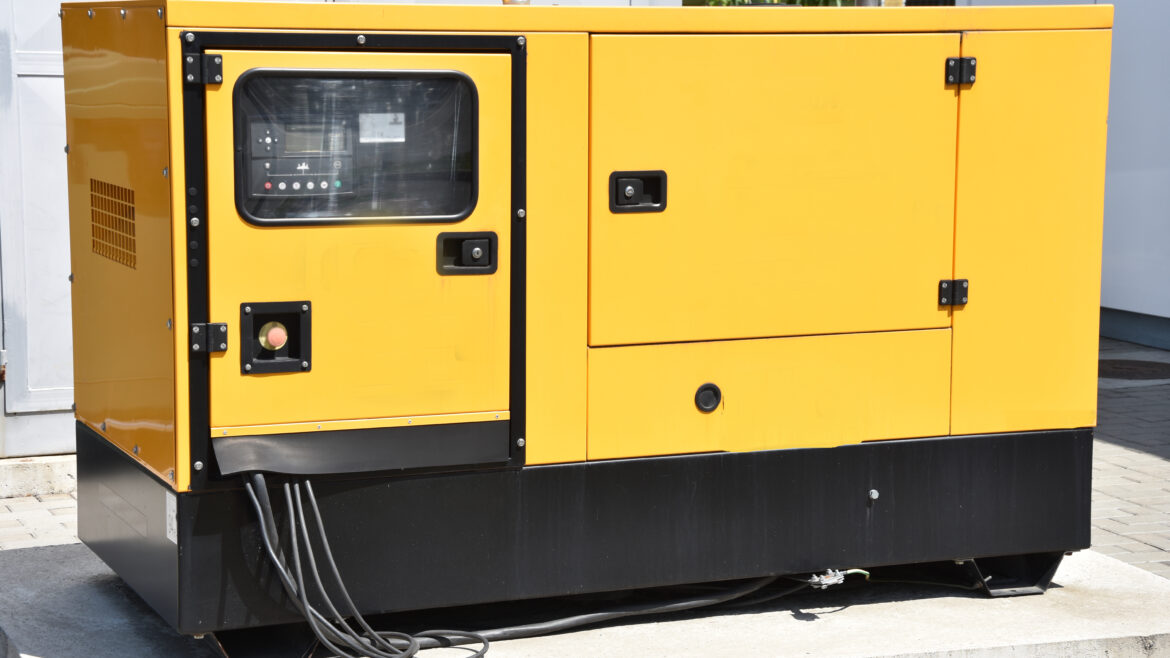




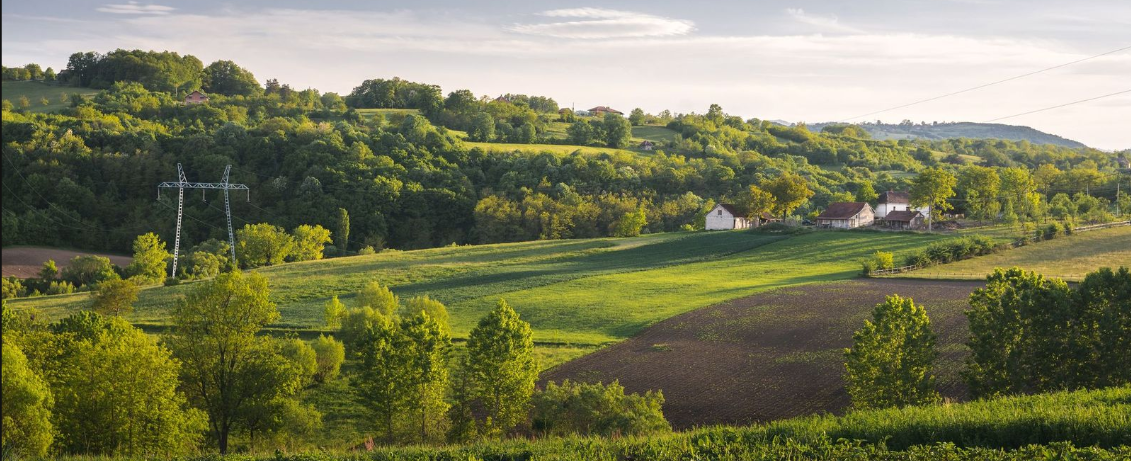








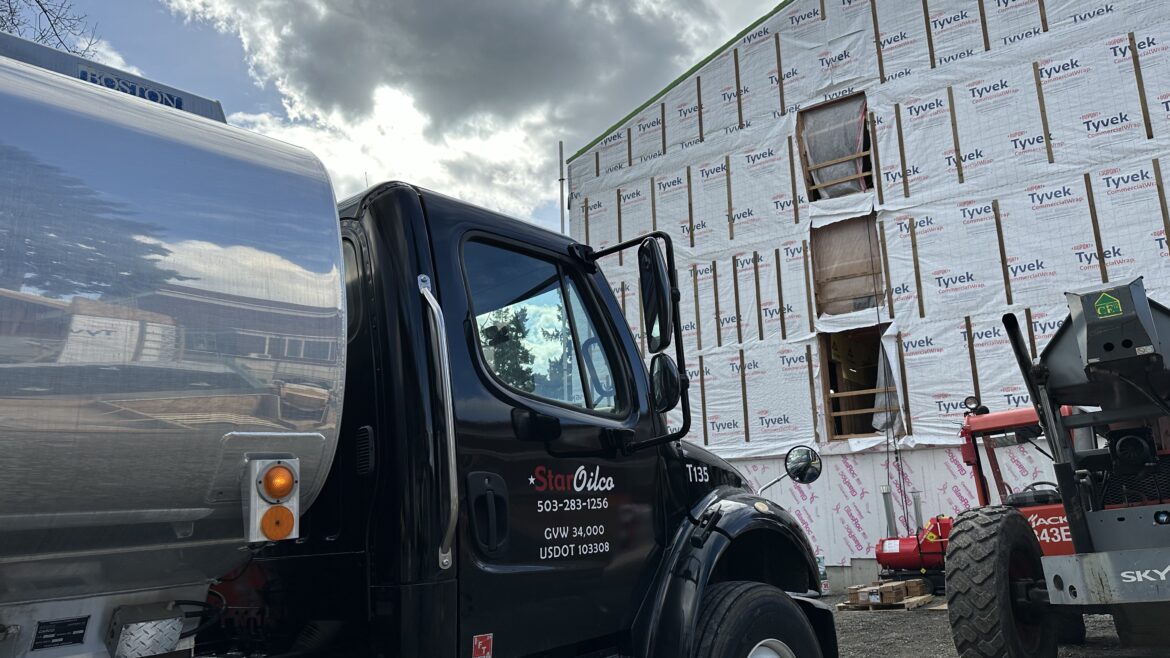


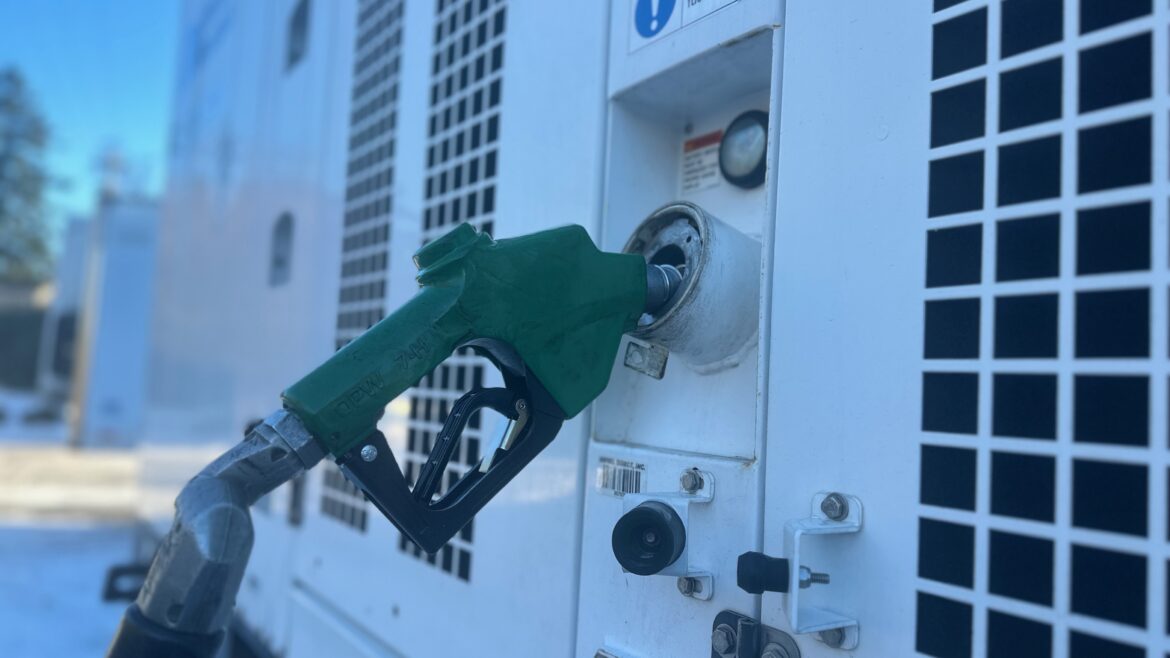




 When you use biodiesel, you’re using CO2 that is being captured by the growing plants or the waste. This is current CO2 you aren’t adding to the net sum in the environment.
When you use biodiesel, you’re using CO2 that is being captured by the growing plants or the waste. This is current CO2 you aren’t adding to the net sum in the environment.
